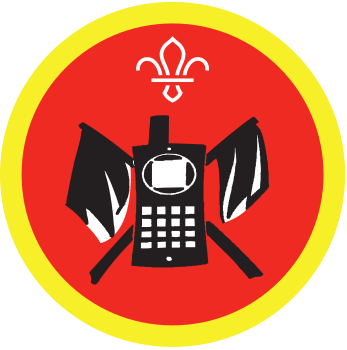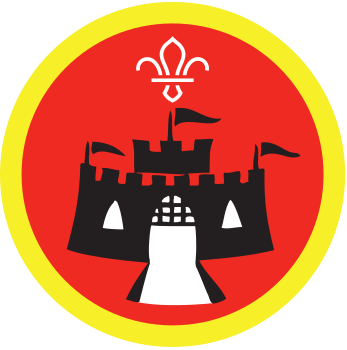Map makers and neighbourhood navigators
You’ll need
- Pens or pencils
- A4 paper
- Maps of your local area (or a route tracking app)
Before you begin
Split into an even number of small groups, and give each group an adult. Depending on how many people (and adults) there are, there could be two, four, or even six groups.
Become a map maker
- Each small group should create a route that takes between 15 and 20 minutes to walk. Their route should start and end at their meeting place.
- As they walk, each group should mark their route on a map. Alternatively, they could use a route tracking app to mark their route.
- As they walk, each group should write directions on a separate piece of paper. Their directions should have enough information for someone to follow their route, without using road or place names, signs, or grid references. Instead, they should use landmarks or places of interest.
- For example, one group could write: ‘Go out of the door and turn right. When you reach the red telephone box, turn right again. Keep going until the ground turns from gravel into grass. Travel straight for another five minutes. When you reach the memorial bench for Mr and Mrs Smith, turn left. Continue straight until you reach a metal gate.’
- Everyone should end up back at their meeting place, with a set of directions which will let someone else follow their route.
Become a neighbourhood navigator
- Each group should pair up with another group, and swap directions.
- Groups should go out and follow their new directions, again marking their route on a map (or using a route tracking app).
- Once everyone arrives back to the meeting place, groups should sit with their paired groups.
- Everyone should look at the route the map makers walked when making their directions, and compare it to the route the neighbour navigators walked when following the directions. Was it the same? Groups should do this for both sets of directions.
- Everyone should gather back together and talk about their walks. Did anyone discover a particularly interesting place? Did anyone learn anything about their local area?
Reflection
This activity helped you to be a citizen. Why is it important for local citizens to know about their local area? What did you discover about your area? Did you discover anything that made you proud to be a local citizen? Did you meet any other local citizens along the way? Was there anything that needed to change in your local area (for example, litter, vandalism, broken benches)? Can you do anything to help? What sort of responsibilities do you have to your local area?
This activity also let you practice communicating. Was it easy to write the instructions? Did you think about how the other group could misinterpret what you were writing (for example, if you didn’t make it clear which of many trees you meant)? Was it easy to follow the instructions? Did your routes end up looking the same – and what did that tell you about how well you communicated? Would you do anything differently if you did this activity again?
Safety
All activities must be safely managed. You must complete a thorough risk assessment and take appropriate steps to reduce risk. Use the safety checklist to help you plan and risk assess your activity. Always get approval for the activity, and have suitable supervision and an InTouch process.
- You could give the map makers a pre-designed route to follow and create directions from, or you could ask them to visit particular points along their route to help them plan.
- You could use the street view function on a digital map website (like Google Maps) to plan your directions.
If anyone in your group has any access needs, make sure all of the routes are accessible to them. Cross any unsuitable areas (such as steps or muddy areas) off on the maps, or plan the routes the map makers have to describe.
All Scout activities should be inclusive and accessible.
While on your journey, you could also mark local services (such as fire stations, hospitals, or schools) onto your map. When you come together, talk about what these services do and who might use them. The activity will then meet the first requirement of the Our World Challenge Award.

